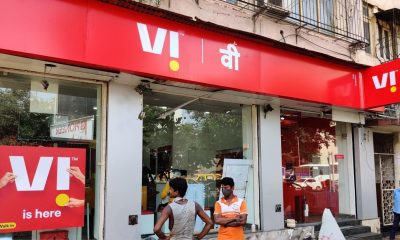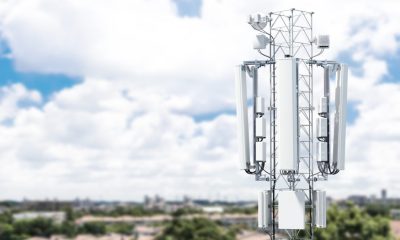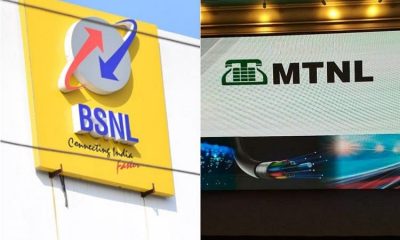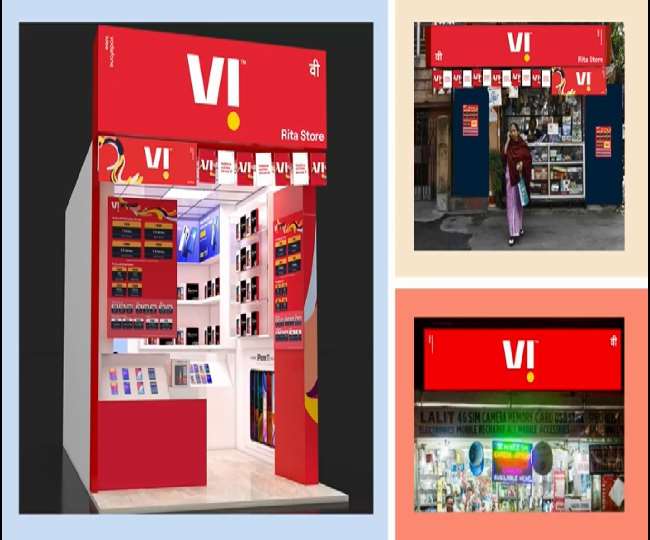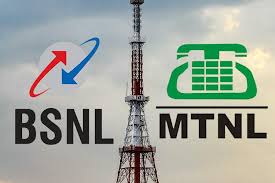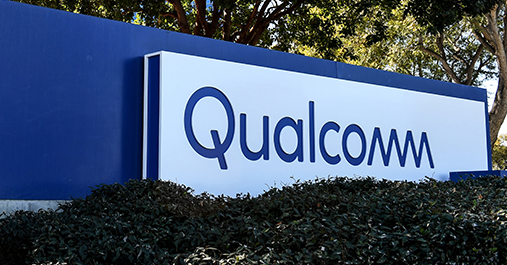4g
MTNL’s plans to hike borrowing limit, authorised capital, ‘enablers’ for 4G roll-out
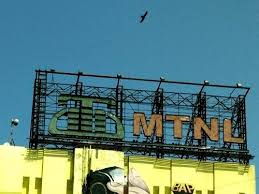
NEW DELHI: MTNL’s plans to seek approval of shareholders for raising authorised share capital to Rs 10,000 crore and borrowing powers by almost 40 per cent will aid the state-owned corporation’s 4G plans and provide it the firepower to compete in the market, its chairman P K Purwar has said.
At a time when the sector that has seen shuffling of the top deck with the recent completion of Vodafone and Idea Cellular merger, Mahanagar Telephone Nigam Ltd (MTNL) has lined up an annual general meeting on September 28 to raise the authorised share capital to Rs 10,000 crores from Rs 800 crores, as an enabling provision.
It has also sought shareholders’ approval for raising the borrowing powers of the board to Rs 25,000 crore from the current Rs 18,000 crore, and issue of non-convertible debentures on private placement basis.
Much of this is being done in anticipation of 4G spectrum allocation by the government as and when it happens, Purwar said adding that increase in borrowing powers would be crucial to meet the capital expenditure needs for roll-out of such services.
All private operators that MTNL competes with in the market already have aggressive 4G offerings and, in fact, India is now making an compelling pitch to be a frontrunner in the global 5G space.
Once a household name, MTNL, which provides services in Delhi and Mumbai, has been relegated to a distant fourth operator in the market alongside Bharat Sanchar Nigam Ltd, another telecom PSU. The one billion subscribers-plus mobile market in India – incidentally world’s second largest after China – is growing exponentially as private operators like Vodafone Idea Ltd (merged entity), Bharti Airtel and Reliance Jio compete fiercely to lure subscribers with rock-bottom data tariffs and attractive offers.
MTNL admits it should have “entered 4G services 1-1.5 years ago” but that non-availiblity of spectrum posed a roadblock.
“The market is changing significantly from 3G for 4G. So, we have submitted a prpopsal to the Telecom Department for allottment of 4G spectrum. The proposal is that spectrum should be given by the government as licensor, and, secondly, as a promoter (of MTNL) it (government) should render the support in terms of infusion of equity (in lieu of 4G spectrum allocated),” Purwar told PTI.
Hence the proposals being placed before MTNL shareholders later this month will be enabling provisions in anticipation of 4G plan execution.
“In case, government accepts our proposal, MTNL should be able to execute it. We have asked for 5MHz spectrum in Mumbai and 10 MHz in Delhi, the value of spectrum is Rs 8,600 crore…this requires issue of equity and so it is an enablement provision…the notice to shareholders mentions that this is subject to allotment of spectrum by the government,” he said.
Similarly, the raising of borrowing powers would help the company tide over the capex needs involved in 4G roll-out.
“Once we get the 4G spectrum, investment will be required for services and capital expenditure to the tune of Rs 1,300-1,500 crore beyond the cost of spectrum. For that, we would like to utilise borrowing and are hence increasing the borrowing limits of MTNL,” he said.
Even after the necessary approvals and grant of the spectrum, it will take almost 9-12 months for MTNL to roll out 4G network and commercial services to customers, he noted.
On the issue of non-convertible debentures (NCDs) on private placement, MTNL has said that approval of members is being sought to authorise the board “to offer or invite or invite subscriptions for government guaranteed/ unsecured/ listed/ redeemable non-convertible debentures in the nature of bonds (NCDs), in one or more series / tranches, aggregating up to Rs 5,500 crore on private placement basis…”
Today, most of MTNL’s loans are from banks, which are expensive as compared to soverign guarantee bonds, Purwar explained.
“So we are asking Telecom Department and the Finance Ministry to provide us a window to raise bonds from the market on the strength of sovereign guarantee. If it comes through, then our cost of borrowings will decrease by almost one per cent, which will give us saving of Rs 50 crore annually, reducing MTNL’s financial burden,” Purwar added.
Source: Press Trust of India
4g
Vi enhances 4G network coverage for its customers in Maharashtra and Goa
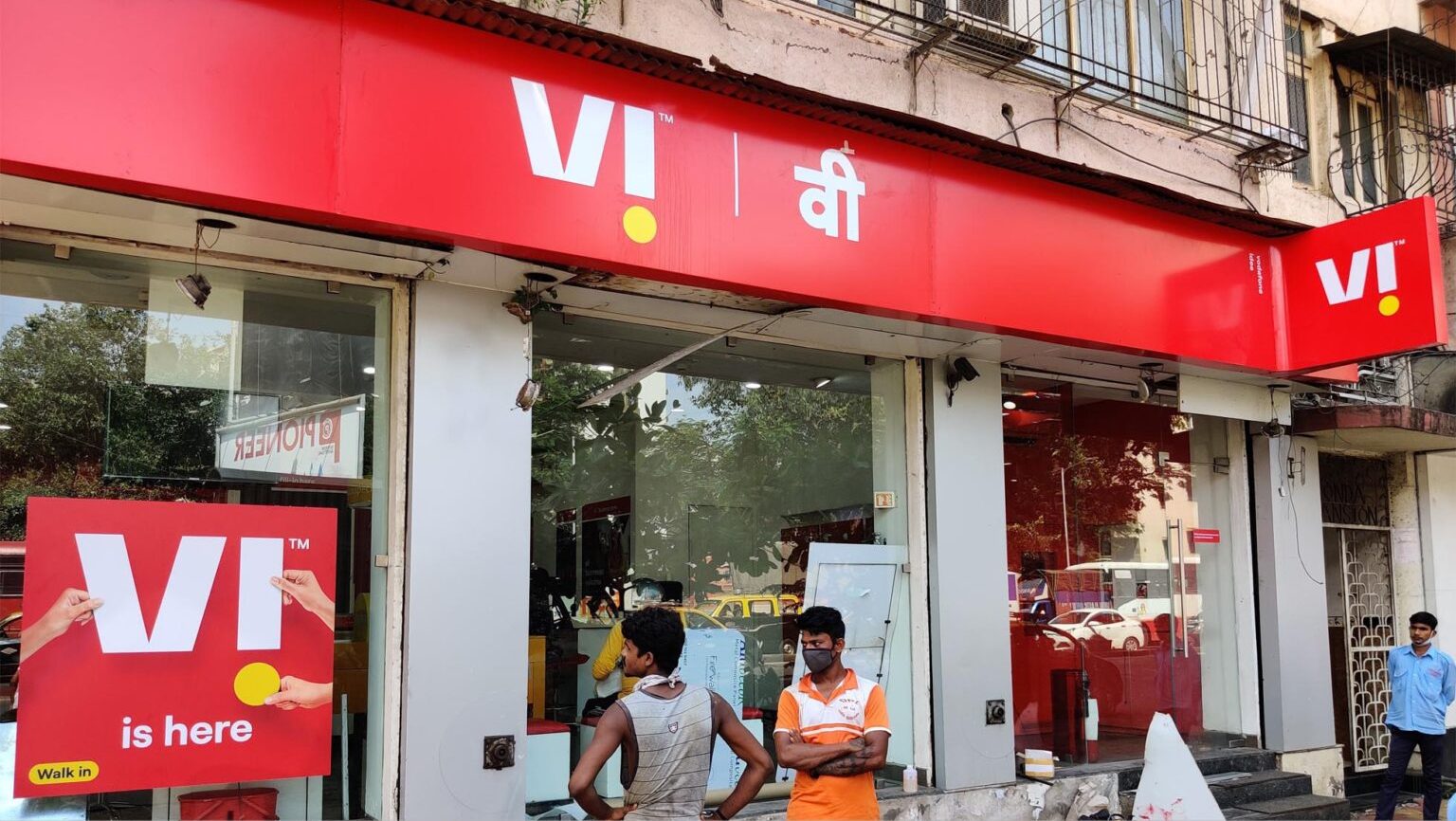
NEW DELHI: Leading telecom brand Vi, has enhanced its 4G experience in Maharashtra & Goa enabling its customers get a better network experience and faster speeds. Vi has till now deployed the highly efficient 900MHz spectrum on over 6430 sites as well as 1800 MHz band on over 16450 sites in Maharashtra & Goa, empowering 78 percent population in the two states to enjoy stronger network indoors while they work, study, socialize, access entertainment, ecommerce and other digital services.
In addition, Vi Customers in commercial/residential areas of Pune, Nagpur, Nashik, Aurangabad, Kolhapur, Solapur, Goa and other important towns are experiencing enhanced voice and data experience even indoors in high population pockets of these cities.
Rohit Tandon, Cluster Business Head- Maharashtra & Goa, Vodafone Idea, said “I would like to extend an invitation to pre-paid and post-paid mobile phone users in Maharashtra & Goa to enjoy a superior, upgraded 4G experience on the Vi network. We have undertaken multiple initiatives over the past year to widen our 4G coverage in the circle as well as strengthen indoor network coverage across cities. Vi customers can choose from a bouquet of choice plans that allow every member of the family to do more and get more on Vi’s 4G network. As we continue our endeavours toward 5G readiness, we remain committed to bring the best in technology, products and services to enable our customers get ahead in life.”
2g
India approves upgradation of 2G mobile sites to 4G at security sites in LWE areas
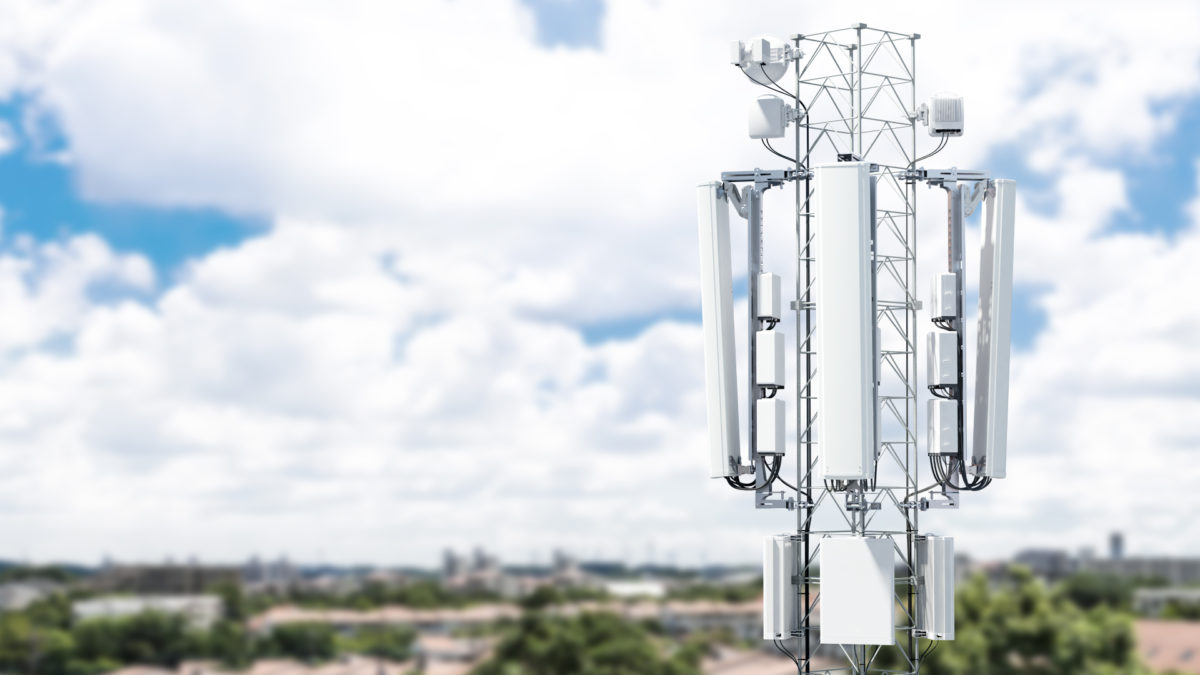
NEW DELHI: The Union Cabinet chaired by the Prime Minister Narendra Modi has approved a Universal Service Obligation Fund (USOF) project for upgrading 2G mobile services to 4G at security sites in Left Wing Extremism (LWE) areas
The Project envisages upgrading2,343 left Wing Extremism Phase-I sites from 2G to 4G mobile services at an estimated cost of Rs.1,884.59 crore (Excluding taxes and levies). This includes O&M for five years. However, BSNL will maintain the sites for another five years at its own cost. The work will be awarded to BSNL because these sites belong to BSNL.
The Cabinet also approved funding of operations and maintenance cost of LWE Phase-I 2G sites by BSNL for an extended period beyond the contractual period of five years at an estimated cost of Rs.541.80 crore. The extension will be up to 12 months from the date of approval by the Cabinet or commissioning of 4G sites, whichever is earlier.
Government chose BSNL for a prestigious project to indigenous 4G telecom equipment so as to achieve self-reliance in the telecom gear segment to fulfil domestic market needs apart from exporting to other markets. This 4G equipment will be deployed in this project also.
The upgradation will enable better internet and data services in these LSW areas. It meets the requirements of Ministry of Home Affairs and the state governments. It shall also fulfil the communication needs of the security personnel deployed in these areas. The proposal is in line with the goal of providing mobile connectivity in rural areas. In addition, delivery of various e-governance services, banking services, tele-medicine; tele-education etc. through mobile broadband shall be possible in these areas.
4g
Jio’s IAX and IEX projects to address region’s data revolution

NEW DELHI: Reliance Jio Infocomm Ltd. (Jio), India’s leading 4G and mobile broadband digital service provider, is constructing the largest international submarine cable system centered on India. Jio, in conjunction with several key global partners and world-class submarine cable supplier SubCom, is currently deploying two next generation cables to support the extraordinary growth in data demand across the region.
The India-Asia-Xpress (IAX) system connects India eastbound to Singapore and beyond, while the India-Europe-Xpress (IEX) system connects India westbound to the Middle East and Europe. The systems will seamlessly interconnect as well as connect to the world’s top interexchange points and content hubs for extension of service globally. IAX and IEX will enhance the ability for consumer and enterprise users to access content and cloud services in and out of India.
For the first time in the history of fiber optic submarine telecommunications, these systems place India at the center of the international network map, recognizing India’s increased importance, staggering growth, and the quantum shift in data use since the launch of Jio services in 2016.
These high capacity and high-speed systems will provide more than 200Tbps of capacity spanning over 16,000 kilometers. Employing open system technology and the latest wavelength switched RoADM/branching units ensures rapid upgrade deployment and the ultimate flexibility to add/drop waves across multiple locations.
“Jio is at the forefront of India’s explosive growth in digital services and data consumption. To meet the demands of Streaming Video, Remote Workforce, 5G, IoT, and beyond, Jio is taking a leadership role in the construction of the first of its kind, India-centric IAX and IEX subsea systems,” said Mathew Oommen, President, Reliance Jio.
“Implementing these critical initiatives in the shadow of a global pandemic is a challenge, but the ongoing pandemic has only accelerated the digital transformation and the necessity of high-performance global connectivity for the delivery of a richer experience to enterprises and consumers,” he added.
The IAX system connects India, the world’s fastest growing economy, to Asia Pacific markets with express connectivity from Mumbai and Chennai to Thailand, Malaysia, and Singapore. The IEX system extends India’s connectivity to Italy, landing in Savona, and additional landings in the Middle East and North Africa.
Apart from the seamless connection of the IAX and IEX sub-sea systems, the two systems are also connected to the Reliance Jio Global Fiber Network beyond Asia Pacific and Europe, connecting to both the east and west coast of the USA. IAX is expected to be ready for service mid-2023, while IEX will be ready for service in early 2024.

